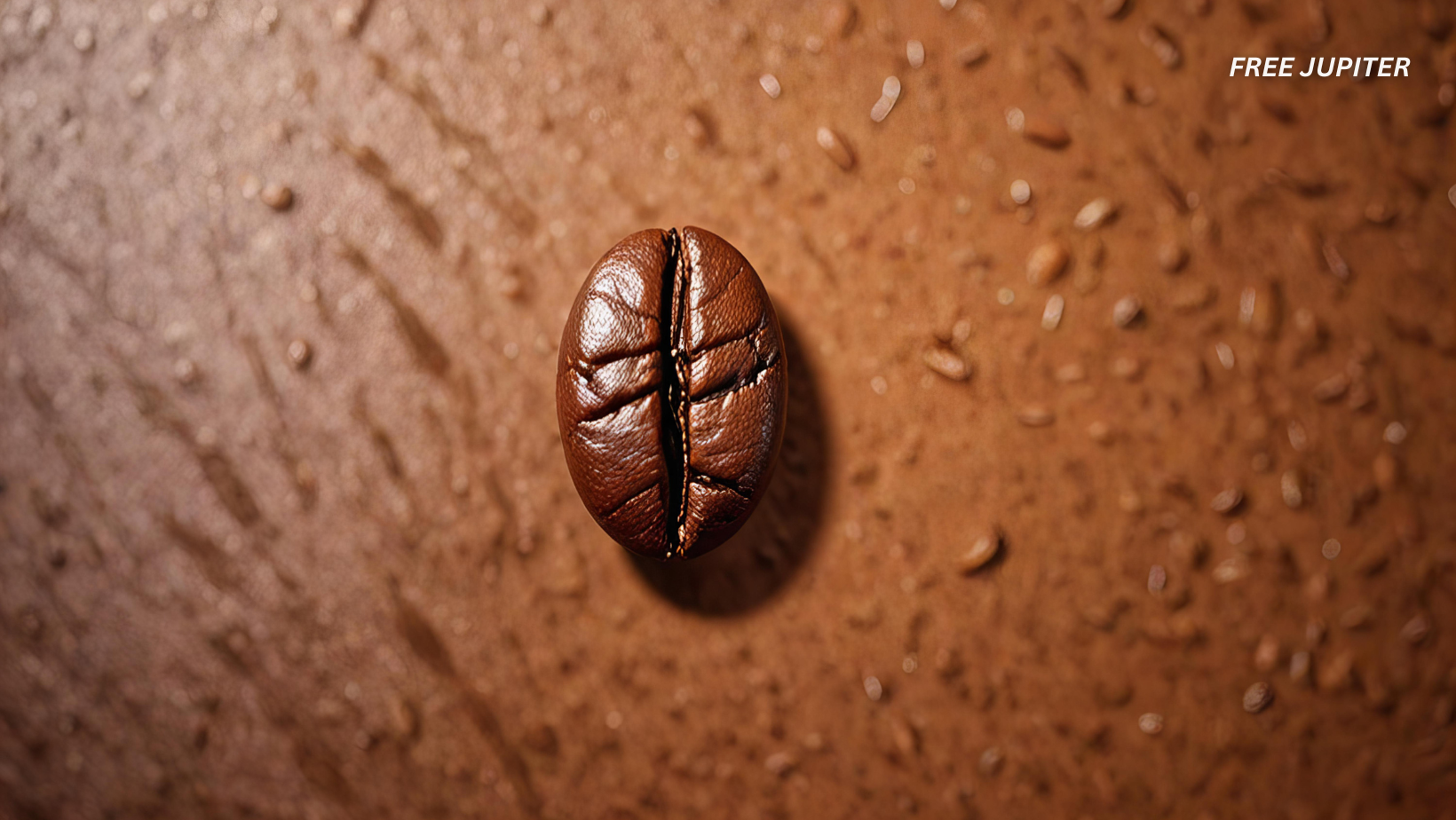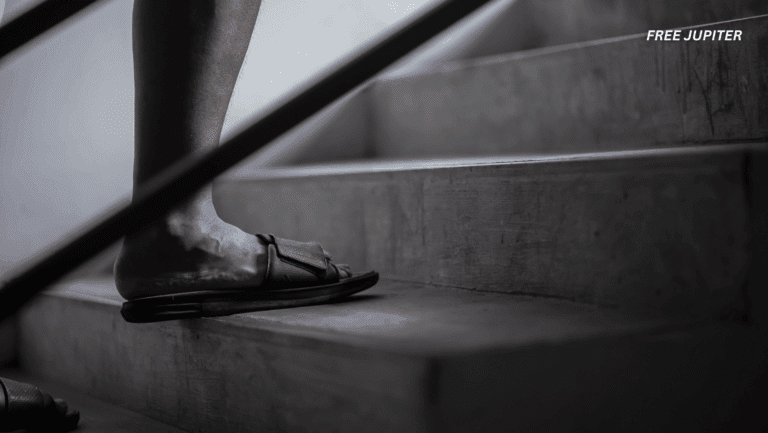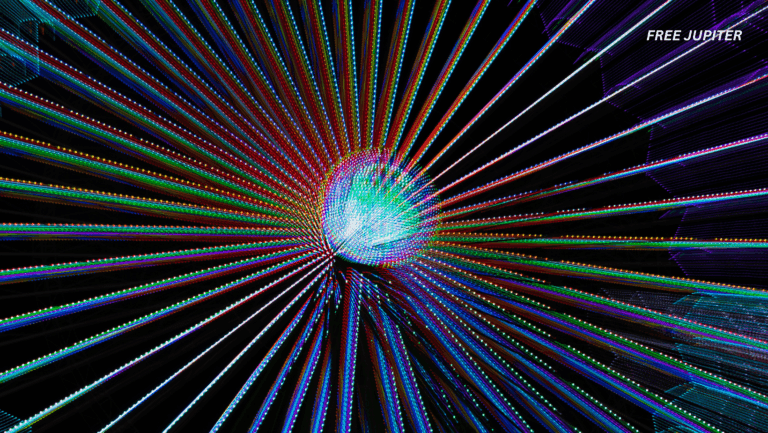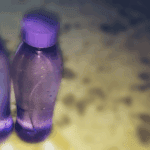Friendly Note: FreeJupiter.com shares general info for curious minds 🌟 Please fact-check all claims—and always check health matters with a professional 💙
Most of us see coffee as a morning essential—an aromatic lifeline to get the day started. But for a group of Australian scientists, coffee isn’t just a beverage. It’s a building material. Yes, really.
In an innovative blend of sustainability and science, researchers at Swinburne University of Technology in Melbourne, along with the startup Green Brick, have developed a groundbreaking solution to two major global waste problems: food waste and carbon-heavy construction practices. Their answer? Bricks made from used coffee grounds that are not only greener to make but also twice as strong as the current standard in Australia.
Let’s unpack how yesterday’s espresso might just help build tomorrow’s cities.
From Coffee Cup to Construction Site
Every day, millions of cups of coffee are brewed around the world. While the beverage is enjoyed, the used coffee grounds—often soggy, clumped, and fragrant—are tossed out, typically headed for the landfill. In Australia alone, it’s estimated that over 10,000 tonnes of coffee grounds are discarded each year. Globally, that figure soars to millions of tonnes annually.
Once in landfills, those organic materials begin to decompose, producing methane, a greenhouse gas 25 times more potent than carbon dioxide when it comes to trapping heat in the atmosphere. So while your morning brew may feel harmless, its leftover grounds contribute significantly to climate change.
That’s where these new coffee-based bricks come in.
By mixing spent coffee grounds with clay and alkali activators, and then firing the mixture at just 200°C, the researchers have created a strong, durable material with a much lower carbon footprint than traditional bricks, which are typically fired at around 1,000°C. That’s a reduction of up to 80% in energy use—a remarkable improvement in energy efficiency.
Read more: The Ideal Number of Eggs to Eat Daily, According to New Research
Coffee Bricks: More Than Just a Buzzword
Now, you might be wondering: Can something as humble as coffee waste really replace traditional bricks?
The answer, according to the team, is a resounding yes.
Tests have shown that these “coffee bricks” exceed Australia’s minimum structural strength requirements by two times. That means they’re not only a green alternative—they’re also practical and reliable for real-world use.
The creators envision these bricks being used in sidewalks, walls, and even homes. Beyond that, this innovation also offers an opportunity for local cafés and coffee chains to partner with developers, turning their daily waste into a raw resource for urban development.
A Global Push for Greener Materials
This isn’t the first time researchers have tried to rethink how we make bricks. Around the world, scientists and engineers are exploring sustainable alternatives to traditional building materials to address the massive environmental cost of construction.
Consider this:
- The cement industry alone accounts for around 8% of global CO₂ emissions, largely due to the intense heat and energy required to make it.
- The production of clay bricks also consumes large amounts of natural resources like water and contributes heavily to deforestation in some countries.
In response, alternative materials have been emerging from some unexpected places:
- Mushroom bricks made from mycelium (the root structure of fungi) are being developed for insulation and low-load-bearing walls.
- Recycled plastic bricks are being molded into Lego-like blocks in countries like Colombia and Kenya.
- Researchers in India have even explored using ash from sugarcane waste and rice husks to create low-cost, durable bricks.
These ideas may sound quirky, but they’re gaining traction fast. They tackle two problems at once: the waste crisis and the environmental toll of building materials.
Read more: This Is How Much You Need to Walk to Cancel Out a Full Day of Sitting
A Circular Economy in Action
What makes the coffee brick particularly compelling is how it fits into a concept called the circular economy—a model where waste from one process becomes the input for another. In this case, café waste becomes a construction input, reducing both landfill overflow and the need for virgin raw materials.
Startups and municipalities around the world are looking at how to close these loops. In London, for instance, spent coffee grounds are collected and turned into coffee logs, which are used for home heating. In San Francisco, leftover food waste is composted and sold as soil. This model helps reduce emissions, save money, and create local green jobs.
Imagine if your favorite café partnered with a local builder. Every cup of cappuccino you sip could contribute, quite literally, to building your community—brick by brick.
What’s Next for Coffee Bricks?
The project is still in the early stages, but momentum is growing. The team behind the coffee bricks is working to refine the process, ensuring consistency, safety, and scalability. They’re also researching how different variables—like the grind size or roast of the coffee—might affect the final product.
There’s also growing interest in testing how the bricks perform under real-world conditions, like heavy rainfall, intense sunlight, or seismic stress. If they hold up, we could be looking at a new generation of green buildings that are both stylish and sustainable.
As construction industries face increasing pressure to decarbonize, these kinds of innovations are no longer optional—they’re essential.
Final Thoughts: Brewing the Future
At first glance, the idea of turning used coffee grounds into bricks might sound like a quirky science experiment or a novelty project for eco-enthusiasts. But dig a little deeper, and you’ll find a powerful story about rethinking waste, redefining sustainability, and rebuilding the future—quite literally—from the ground up.
In a world grappling with escalating climate change, overflowing landfills, and resource scarcity, solutions like these aren’t just clever—they’re critical. By transforming a daily waste product into a durable construction material, scientists have shown that innovation doesn’t always require new resources—sometimes, it just requires a new perspective.
Coffee is one of the most consumed beverages on the planet. With over 2.25 billion cups consumed every day globally, the waste it generates is staggering. But what if that waste could be viewed not as a problem, but as potential? That’s the magic of this breakthrough: it flips the script. It takes something often treated as useless and gives it new value, new life, and a new purpose—one that could help build homes, schools, walkways, or community centers.
Read more: No More Fillings? Scientists Successfully Grow Human Teeth in the Lab
This project isn’t just about reducing emissions or conserving energy (though it does both impressively). It’s also about promoting a circular economy mindset—one that sees connection where others see separation. One industry’s waste becomes another’s raw material. A city’s trash becomes its treasure. It’s sustainability woven seamlessly into daily life, not as an afterthought, but as a design principle.
Furthermore, initiatives like this serve as inspiration for other sectors. If coffee waste can be transformed into bricks, what other common byproducts are just waiting to be rediscovered? Could orange peels, potato skins, or textile scraps also find new purpose in construction, packaging, or technology?










